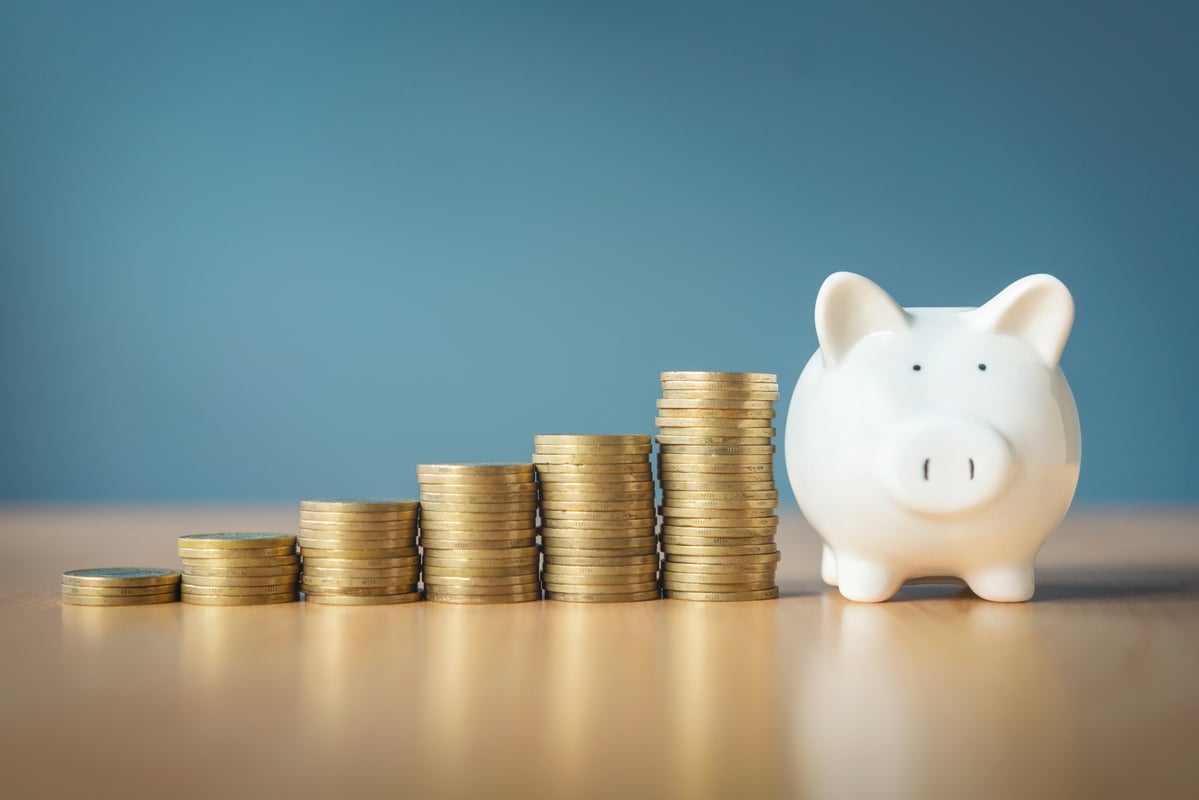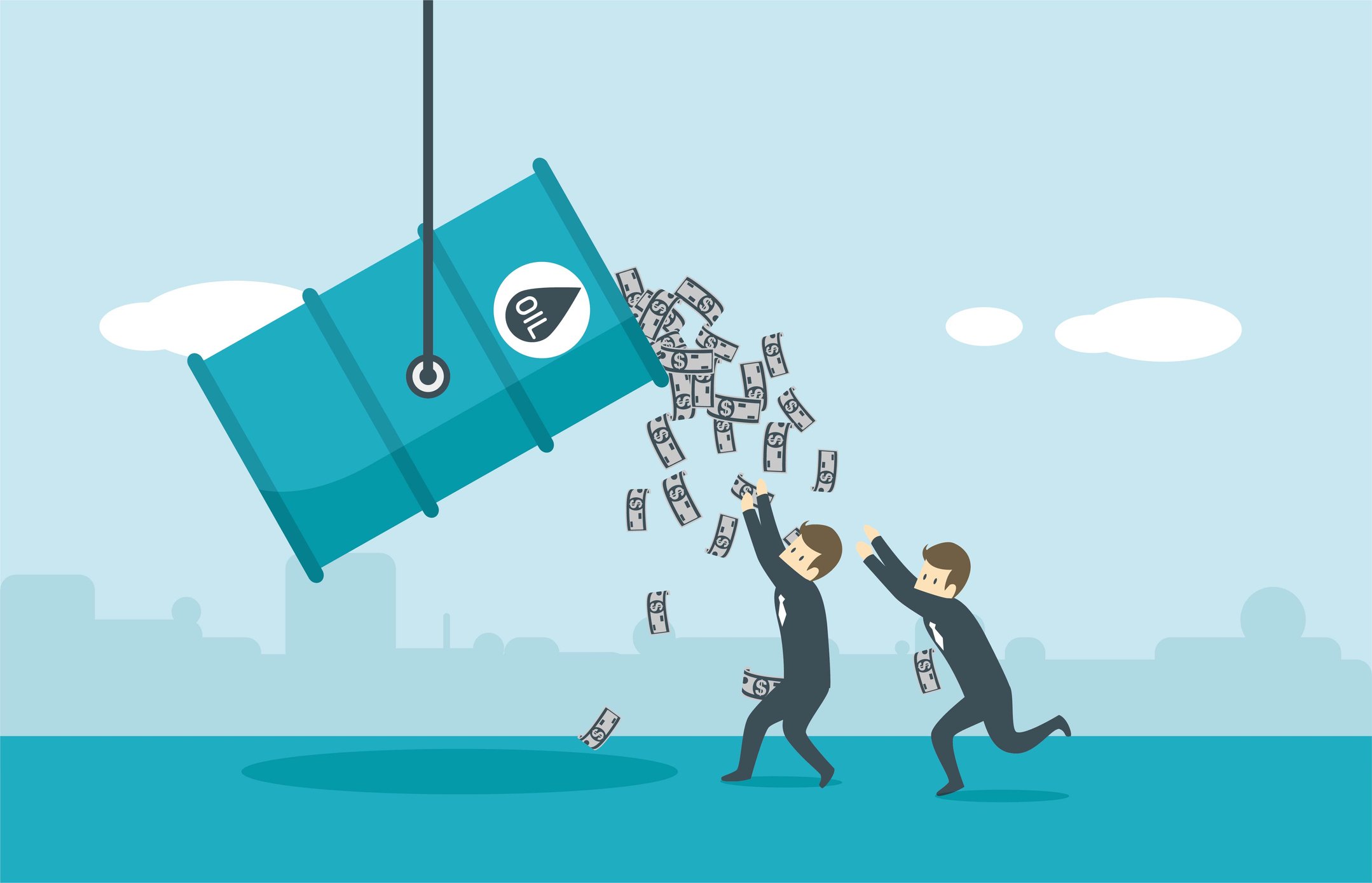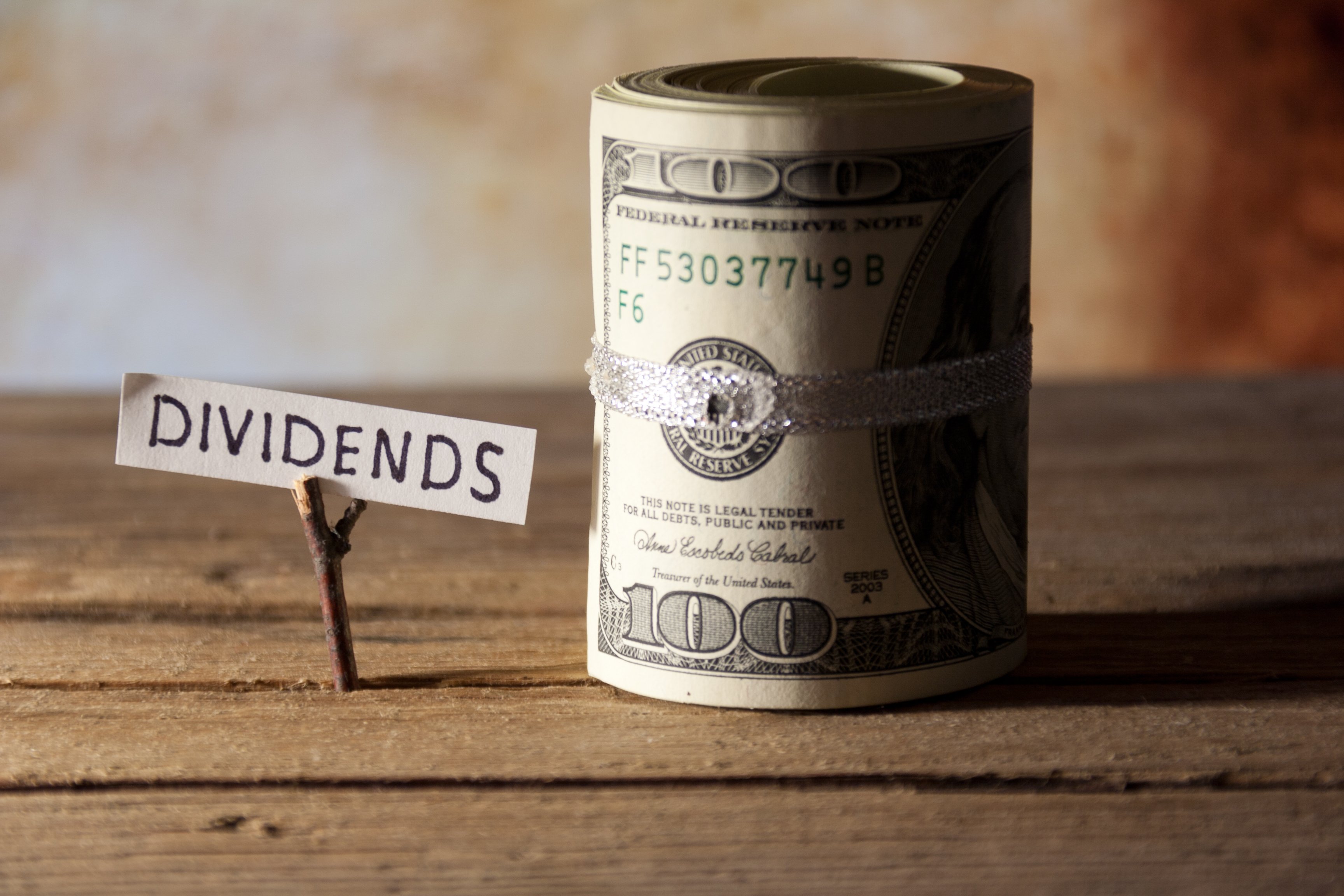Dividend yields spiked during the market collapse early in the year as investors feared that COVID-19 would upend the world as we know it. While the coronavirus has led to dramatic changes, Wall Street seems to think that there is a light at the end of the tunnel. That's still an open question, so investors need to be selective with their investments. Here are three stocks that each combine scale and diversification to offer investors generous 4%-plus dividends. All of these top dividend stocks are worth closer looks right now.
1. A diversified REIT
Net-lease real estate investment trust (REIT) W.P. Carey (WPC +0.42%) just raised its dividend 0.2%, which seems rather anemic until you consider that scores of REITs have cut their dividends in the face of COVID-19. It's basically a show of strength for a company with a business model that's really shining today.

Image source: Getty Images
The biggest example of that is that Carey was able to collect 95% of its April and May rents, while other REITs were struggling to collect any rent at all (some retail REITs collected less than 50% of their April rent). A key factor here is the company's broad diversification. The company's portfolio is broken down between industrial (24% of rents), office (23%), warehouse (22%), retail (19%), self storage (5%), and other (7%). It takes diversification a step further, however, with roughly a third of its rent roll coming from Europe. This level of diversification, combined with its size ($12 billion market cap), makes W.P. Carey a unique REIT.
Add in the fact that W.P. Carey's tenants are responsible for most of the costs of the properties they occupy (which is what a net-lease is), and the REIT's business model looks even more attractive. With a 5.6% yield backed by 23 years worth of annual dividend increases, long-term dividend investors should like what they see here.
2. Electricity and more
Next up is Dominion Energy (D +0.71%), one of the largest utility companies in the United States. Over the past decade or so it has made a notable transition, shifting out of volatile industries like oil drilling and refocusing on regulated and fee-based businesses. Today the company is broken down into four broad segments: regulated electric utilities (55% of earnings), natural gas transmission and storage (25%), natural gas distribution (10%), and contracted power generation (5%). There's a little overlap in some of the segments, but the big takeaway is that it has multiple streams of income. Meanwhile, roughly 70% of its business is regulated at the state level, with the rest largely backed by long-term contracts.
Regulation is a mixed blessing, because it puts a cap on Dominion's growth. However, that regulation exists because the company has been granted a monopoly in the regions it serves. The ups and downs on Wall Street are an issue for the company, but when it comes to future growth, the big driver is the capital investment plans that it works with the states it serves to create. Right now it has roughly $26 billion in investment planned between 2019 and 2023. That spending is highly likely to take place regardless of what happens in the market, with investments spread across things like utility upgrades, renewable power, and midstream pipelines. As it spends, it expands its ability to earn.
CVX Dividend Yield data by YCharts
Dominion's yield is a generous 4.4% today, backed by 17 years worth of annual dividend increases. Yes, demand for energy could wane in the near term because of COVID-19, but the long-term picture is still very bright here.
3. Taking a little oil risk
The final opportunity is probably the one that will require the strongest stomach: Chevron (CVX +0.14%). The company is one of the largest and most diversified energy names on Wall Street. Demand for oil plummeted when economies around the world shut down to slow the spread of COVID-19. The supply/demand imbalance that created has pushed oil prices to historic lows, and it will take a long time to get back to some semblance of normal again. But that's presenting an opportunity for long-term dividend investors, because it has pushed Chevron's yield up to an attractive 5.5%.
There are a couple of things to note here. First, Chevron has one of the strongest balance sheets in the oil patch, with financial debt to equity at around 0.25 times -- the lowest among its closest peers. That gives it a huge amount of leeway to muddle through tough periods, as it has done before. That's where the company's 33 consecutive years' worth of annual dividend increases comes in. Oil is highly volatile, so Chevron's ability to keep raising its payout speaks to both its shareholder commitment and its ability to navigate a highly cyclical industry. Lastly, Chevron is very clear that it thinks long-term when it makes investment decisions. That doesn't mean that it won't adjust to current market conditions, but its big goals are long-term in nature, and they don't change dramatically over time.
To that end, the company remains committed to oil and natural gas, because even the worst case scenarios for demand show these vital fuels will be important commodities for years to come. To be fair, oil prices are so low that Chevron is struggling, just like everyone else in the energy patch. So this is a more aggressive investment. But it has a high likelihood of surviving this period in relative stride -- unlike smaller players, many of which are on the verge of bankruptcy or have already sought out court protections. If you can stomach some uncertainty, Chevron is worth a deep dive.
Three dividend giants to consider
This trio of high-yield dividend stocks spans across a broad spectrum, but they all have something to offer for the right type of investor. If you take the time to understand W.P. Carey, Dominion Energy, and Chevron, it's highly likely that one, or more, could end up in your portfolio today.









